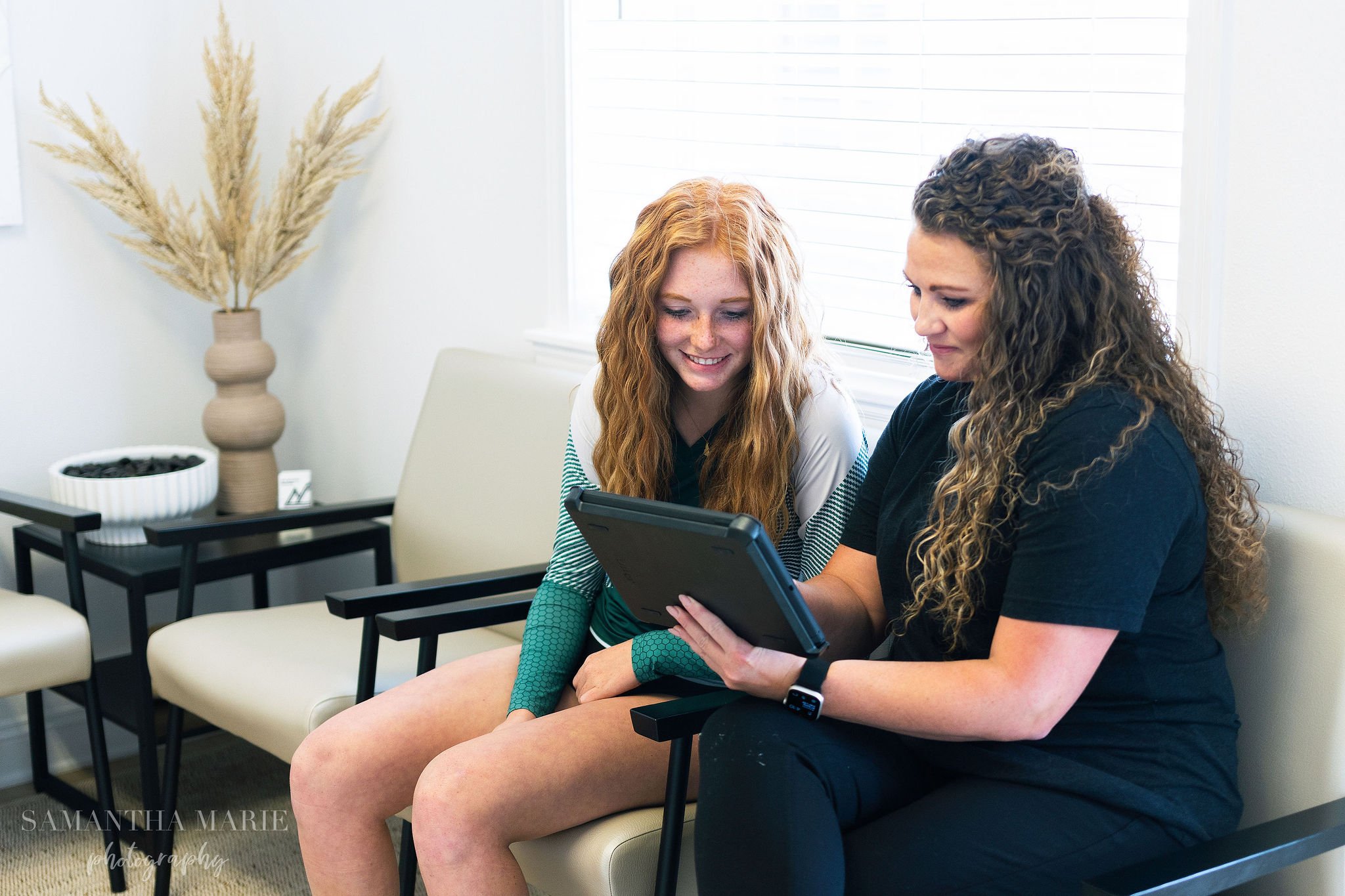
FLATFOOT FOR CHILDREN
WHAT IS IT?
Parents keep a close eye on their growing children, watching for proper development and being alert for any sign of a problem because small problems can have big implications. Pediatric flatfoot is a childhood condition that, if left untreated, can result in permanent deformity in adulthood. Flatfoot deformity makes mobility and exercise painful, increasing the risk of reduced cardiovascular health and obesity.
"Parents never want their child to undergo a surgical procedure," says Mary Crawford, DPM, FACFAS, an Everett, Washington foot and ankle surgeon. "But uncorrected symptomatic flatfoot can lead to chronic pain and instability as the child ages into adulthood. Children will be on their feet for a long time to come. It's vital to keep those feet healthy. A foot and ankle surgeon can help parents understand the options—surgical and nonsurgical—for treating pediatric flatfoot."
Not all children have symptoms, but others will complain of pain, tenderness or cramping in the foot, leg and knee. Parents may notice an outward tilting of the heel, awkwardness or clumsiness in walking and difficulty with shoes. Pediatric flatfoot makes participating in activities more difficult, so parents should take note if their child is unable to keep up with playmates, tires easily or voluntarily withdraws from physical activities.
To diagnose a pediatric flatfoot, a foot and ankle surgeon examines the child's foot in weightbearing and nonweightbearing positions, both in and out of shoes. The physician also notes how the child walks and evaluates the foot's range of motion. In some cases, flat feet are associated with issues of the hip and knee, so the physician may examine those as well.
For further detailed analysis, the physician may order imaging tests, such as an x-ray, CT scan, MRI or bone scan. Family history will be evaluated as well since the presence of flatfoot disorder in the family increases the possibility of flatfoot in the child.
"There are different types of flatfoot deformities," notes Crawford. "Thorough testing helps us pinpoint the causes of the flatfoot disorder and develop an appropriate treatment plan."
Pediatric flatfoot can be divided into two categories, flexible and rigid. Flexible flatfoot is characterized by a normal arch when nonweightbearing, or sitting, and disappearance of the arch when standing. There may or may not be symptoms. In the case of rigid flatfoot, however, the arch is still and flat when both sitting and standing. In most cases, children with rigid flatfoot display symptoms associated with the condition. In either case, flexible or rigid flatfoot, there are a variety of underlying reasons requiring different treatments.
Babies often appear to have flat feet due to cramped positioning inside the womb, and the symptoms will abate with time. In other cases, the surgeon recommends stretching exercises or a so brace for a short period. Children who do not exhibit symptoms typically do not require treatment but will be monitored and reevaluated periodically by the foot and ankle surgeon.
For children who exhibit symptoms, the physician may recommend physical therapy, shoe modifications, anti- inflammatory medications, such as ibuprofen to reduce pain and inflammation, or an orthotic device. This device fits inside the shoe and supports the structure of the foot. In some cases, surgery is the best alternative.

WHY CHOOSE A FOOT AND ANKLE SURGEON?
Foot and ankle surgeons are the leading experts in foot and ankle care today. As doctors of podiatric medicine – also known as podiatrists, DPMs or occasionally “foot and ankle doctors” – they are the board-certified surgical specialists of the podiatric profession. Foot and ankle surgeons have more education and training specific to the foot and ankle than any other healthcare provider.
Foot and ankle surgeons treat all conditions affecting the foot and ankle, from the simple to the complex, in patients of all ages including Haglund's deformity. Their intensive education and training qualify foot and ankle surgeons to perform a wide range of surgeries, including any surgery that may be indicated for Haglund's deformity.

